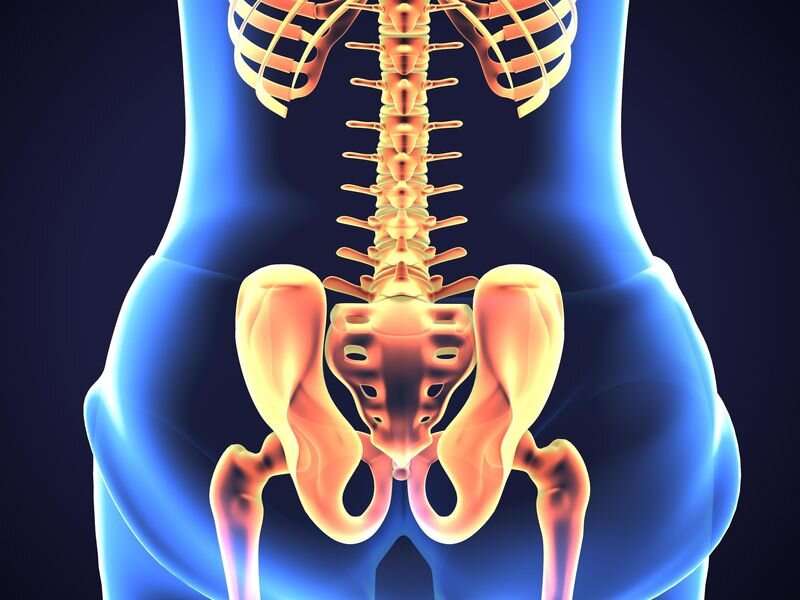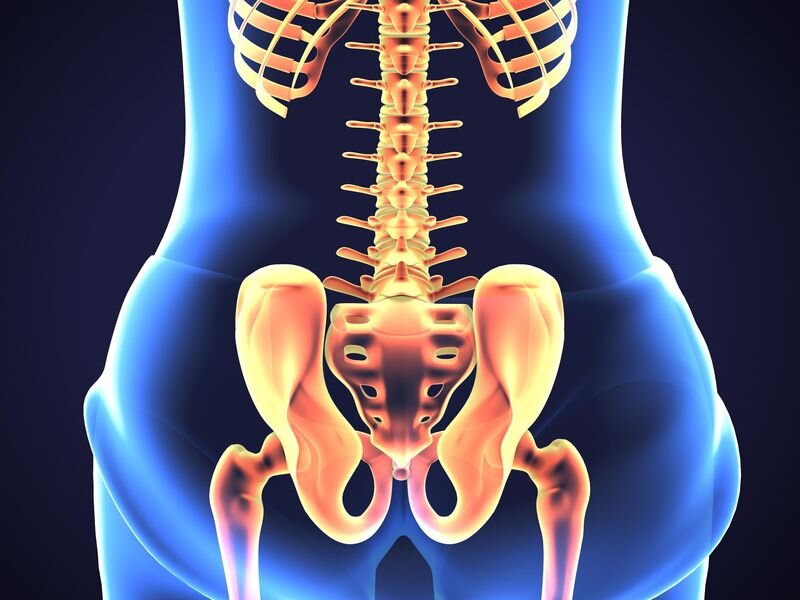
A deep-radiomics approach can be used to diagnose osteoporosis from hip radiographs, according to a study published online May 25 in Radiology: Artificial Intelligence.
Sangwook Kim, M.D., from Seoul National University Hospital in South Korea, and colleagues developed and validated deep-radiomics models for diagnosis of osteoporosis using 4,924 hip radiographs of 4,308 patients. The model was trained using 10 deep features, 16 texture features, and three clinical features. Seven deep-radiomics models were developed by combining different types of features: clinical (Model-C), texture (Model-T), deep (Model-D), texture and clinical (Model-TC), deep and clinical (Model-DC), deep and texture (Model-DT), and deep, texture, and clinical features (Model-DTC). Four hundred forty-four hip radiographs from a different institution were used as an external test set. An observer performance test was performed by six radiologists.
The researchers found that Model-D demonstrated higher diagnostic performance than Model-T for the external test set (area under the receiver operating characteristic curve [AUC], 0.92 versus 0.77). Compared with Model-D, Model-DC and Model-DTC showed improved diagnostic performance (AUCs, 0.95 and 0.95, respectively). Prediction improved from an average AUC of 0.77 to 0.87 when comparing observer performance without and with the assistance of the Model-DTC prediction.
Source: Read Full Article






